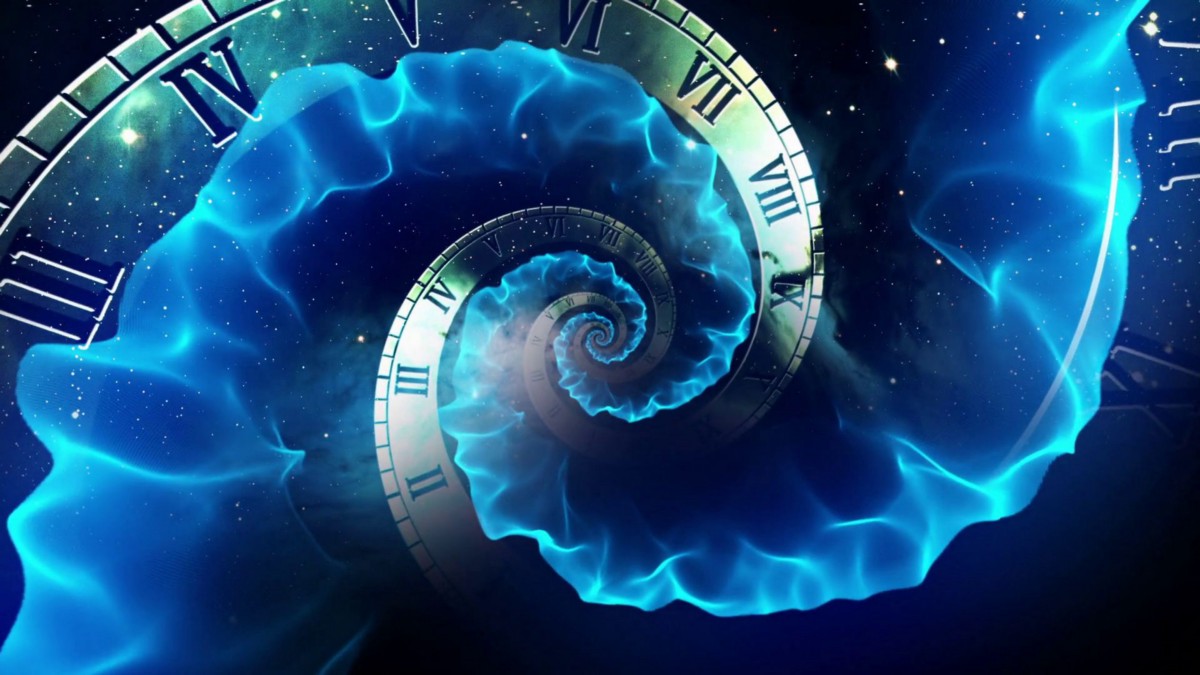What’s A Time Travel?
What’s A Time Travel?
“Nothing is as far away as one minute ago.”
Jim Bishop
Time travel is the concept of movement between certain points in time, analogous to movement between different points in space by an object or a person, typically with the use of a hypothetical device known as a time machine. Time travel is a widely recognized concept in philosophy and fiction.
Shift To Science Fiction
Early science fiction stories feature characters who sleep for years and awaken in a changed society, or are transported to the past through supernatural means. Among them L’An 2440, rêve s’il en fût jamais (1770) by Louis-Sébastien Mercier, Rip Van Winkle (1819) by Washington Irving, Looking Backward (1888) by Edward Bellamy, and When the Sleeper Awakes (1899) by H.G. Wells. Prolonged sleep, like the more familiar time machine, is used as a means of time travel in these stories.
The earliest work about backwards time travel is uncertain. Samuel Madden’s Memoirs of the Twentieth Century (1733) is a series of letters from British ambassadors in 1997 and 1998 to diplomats in the past, conveying the political and religious conditions of the future. Because the narrator receives these letters from his guardian angel, Paul Alkon suggests in his book Origins of Futuristic Fiction that “the first time-traveler in English literature is a guardian angel.” Madden does not explain how the angel obtains these documents, but Alkon asserts that Madden “deserves recognition as the first to toy with the rich idea of time-travel in the form of an artifact sent backward from the future to be discovered in the present.” In the science fiction anthology Far Boundaries (1951), editor August Derleth claims that an early short story about time travel is Missing One’s Coach: An Anachronism, written for the Dublin Literary Magazine by an anonymous author in 1838. While the narrator waits under a tree for a coach to take him out of Newcastle, he is transported back in time over a thousand years. He encounters the Venerable Bede in a monastery and explains to him the developments of the coming centuries. However, the story never makes it clear whether these events are real or a dream. Another early work about time travel is The Forebears of Kalimeros: Alexander, son of Philip of Macedon by Alexander Veltman published in 1836.
Charles Dickens’s A Christmas Carol (1843) has early depictions of time travel in both directions, as the protagonist, Ebenezer Scrooge, is transported to Christmases past and future. Other stories employ the same template, where a character naturally goes to sleep, and upon waking up finds themself in a different time. A clearer example of backward time travel is found in the popular 1861 book Paris avant les hommes (Paris before Men) by the French botanist and geologist Pierre Boitard, published posthumously. In this story, the protagonist is transported to the prehistoric past by the magic of a “lame demon” (a French pun on Boitard’s name), where he encounters a Plesiosaur and an apelike ancestor and is able to interact with ancient creatures. Edward Everett Hale’s “Hands Off” (1881) tells the story of an unnamed being, possibly the soul of a person who has recently died, who interferes with ancient Egyptian history by preventing Joseph’s enslavement. This may have been the first story to feature an alternate history created as a result of time travel.
Can we go back in time?
In all time travel theories allowed by real science, there is no way a traveler can go back in time to before the time machine was built. I am confident that time travel into the future is possible, but we would need to develop some very advanced technology to do it. … Time travel to the past is more difficult.
The great 20th century scientist Albert Einstein developed a theory called Special Relativity. The ideas of Special Relativity are very hard to imagine because they aren’t about what we experience in everyday life, but scientists have confirmed them. This theory says that space and time are really aspects of the same thing—space-time. There’s a speed limit of 300,000 kilometers per second (or 186,000 miles per second) for anything that travels through space-time, and light always travels the speed limit through empty space.
Special Relativity also says that a surprising thing happens when you move through space-time, especially when your speed relative to other objects is close to the speed of light. Time goes slower for you than for the people you left behind. You won’t notice this effect until you return to those stationary people.

Say you were 15 years old when you left Earth in a spacecraft traveling at about 99.5% of the speed of light (which is much faster than we can achieve now), and celebrated only five birthdays during your space voyage. When you get home at the age of 20, you would find that all your classmates were 65 years old, retired, and enjoying their grandchildren! Because time passed more slowly for you, you will have experienced only five years of life, while your classmates will have experienced a full 50 years.


2 Comments on "What’s A Time Travel?"
You actually make it seem so easy with your presentation but I find this matter to be actually something that
I think I would never understand. It seems too complex and extremely broad for
me. I am looking forward for your next post, I’ll try to get the hang of it!
I would be posting more check back in a few days! 🙂